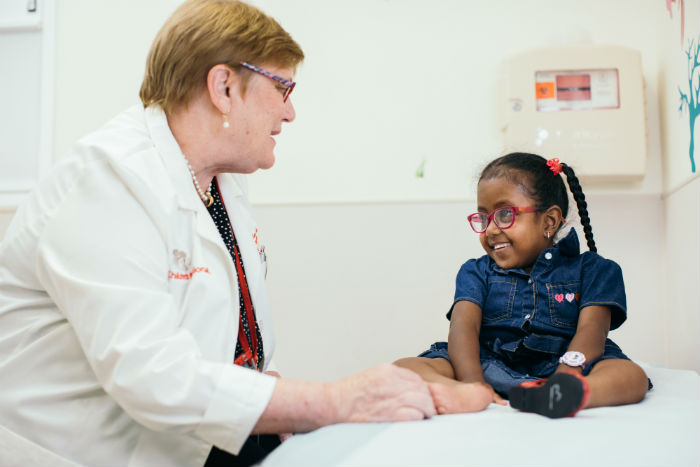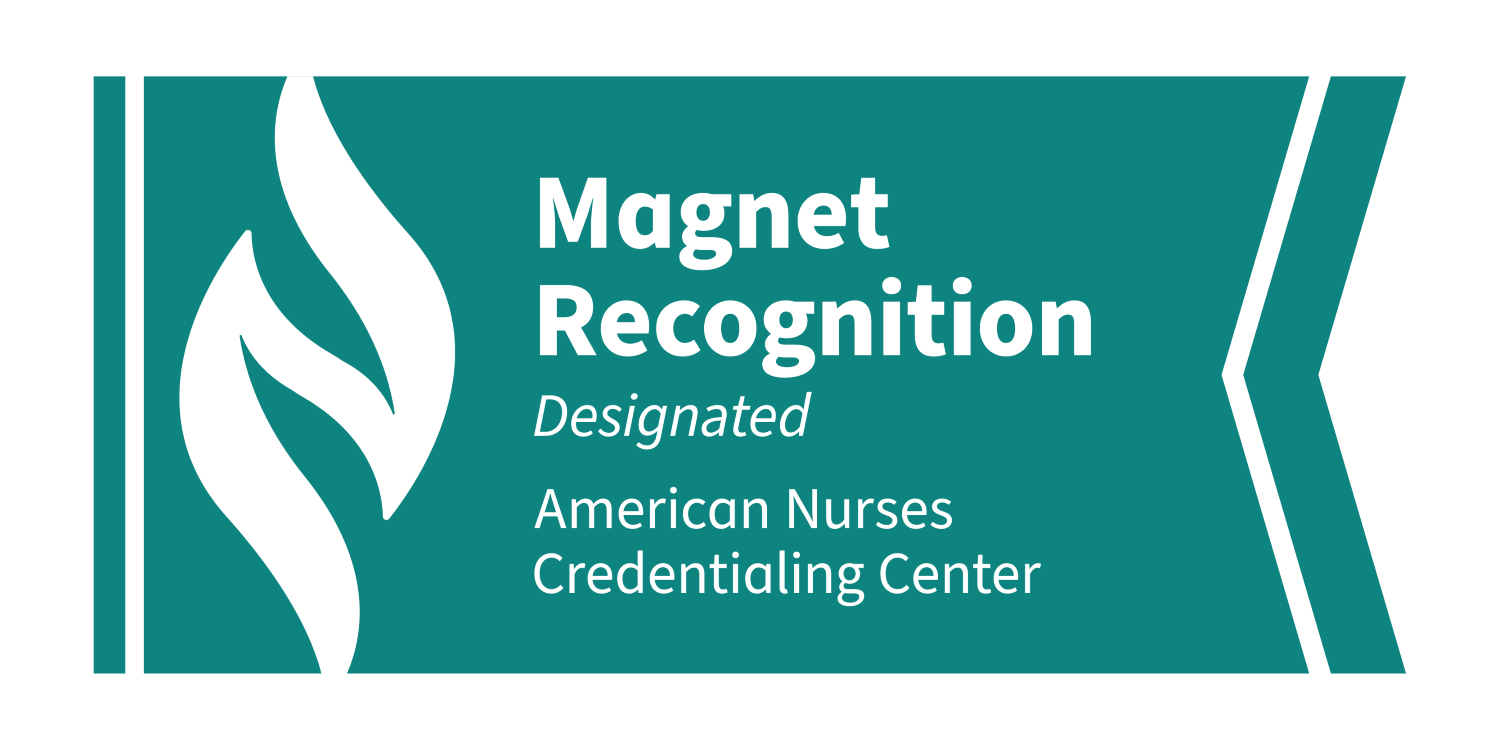Condition
Pediatric Renal Vascular Disease
What You Need to Know
The renal arteries carry blood from the aorta, the main artery supplying oxygen-rich blood from the heart, to the kidneys. Renal vascular disease happens when the renal arteries become narrowed or blocked, reducing blood flow to the kidneys.
Diagnosis
Renal vascular disease is diagnosed by doing one or all of the following:
- Repeat blood pressure measurements
- Blood and urine tests
- Diagnostic imaging, including CT and MRI scans and vascular ultrasound
- Arteriography
Treatments
At Children’s National Hospital, we treat renal vascular disease using interventional cardiac catheterization, specifically angioplasty.

Schedule an Appointment
Our pediatric specialists provide personalized care for your child’s physical, mental and emotional health needs. Meet the providers who treat renal vascular disease and schedule an appointment today.
Frequently Asked Questions
What causes renal vascular disease in children?
What are the symptoms of renal vascular disease in children?
How is renal vascular disease diagnosed in children?
How is renal vascular disease treated in children?
Departments that Treat Renal Vascular Disease

Nephrology
Learn how our highly skilled pediatric nephrology team works across divisions to manage the full range of kidney diseases in children, including dialysis and kidney transplantation.

Help Kids and Make a Difference
Invest in future cures for some of life's most devastating diseases.










